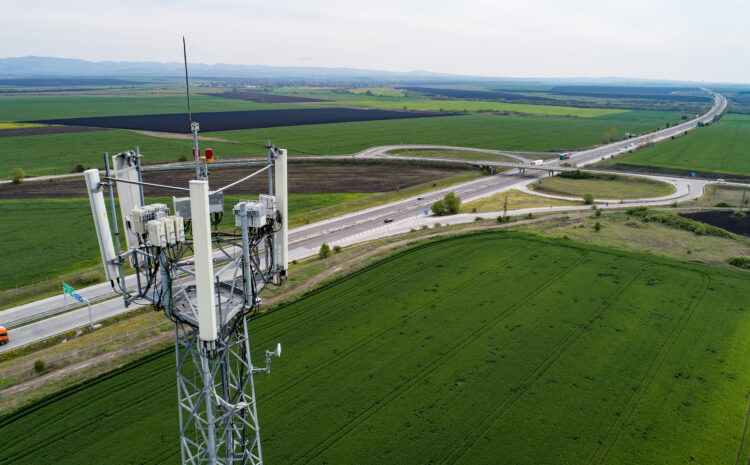
Environmental Dangers Faced by Tower Climbers
Of all the elements to inspect before a tower climb — workwear, fall protection, and physical obstructions — the local forecast is one of utmost importance. The nature of a tower climbing job is dangerous, but certain environmental elements can introduce an entirely new set of risks to workers while ascending, descending, and operating on a tower.
Leading Environmental Hazards
Prior to the start of any climb, track upcoming weather and avoid dangerous conditions, including:
- Heat – Excessively high temperatures put workers at risk of heat stroke and dehydration.
- Cold – Freezing temperatures can impair mobility and introduce the risk of hypothermia.
- Wind – Staggering wind speeds may interfere with communication stability.
- Rain – Precipitation not only creates a slippery surface but also a muddy foundation.
- Lightning – Because of their height, cell towers are a significant hazard during thunderstorms.
Extreme temperature shifts will affect not only the comfort and mobility of workers on the tower but also their general working conditions. For example, tower condensation due to rising temperatures can hinder grip, stability, and security.
Minimizing Environmental Risk
While there are no tools or industry tricks that can reverse the onset of changing weather, there are a few ways to reduce or avoid the impact, including:
- Communication – Inclement weather or not, communication between tower climbers and grounded crewmembers is critical. For accurate, live weather updates, workers on the tower must wear weather and wind meters while those at the foundation of the tower consistently track broadcasted weather signals.
- Equipment – To best protect your workers from unexpected fluctuations, lean toward temperature-conditioned equipment and workwear. Manufacturers test such workwear with extended periods of extreme temperature introduction, weight-bearing examinations, and light exposure.
- Coverage – Protecting workers from environmental hazards is equal parts preparation and insurance. In the event that a surprise downpour or lightning strike hits your work site, guarantee your crewmembers the coverage they deserve with a comprehensive risk management policy.
Ultimately, the only way to reduce and recover from environmental risk is to plan for it with strong communication, conditioned equipment, and concrete coverage. When you’re ready to design a risk transfer program specifically tailored to protect your company, contact a broker.
